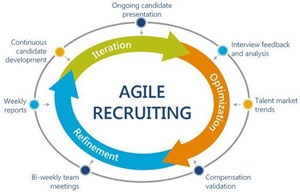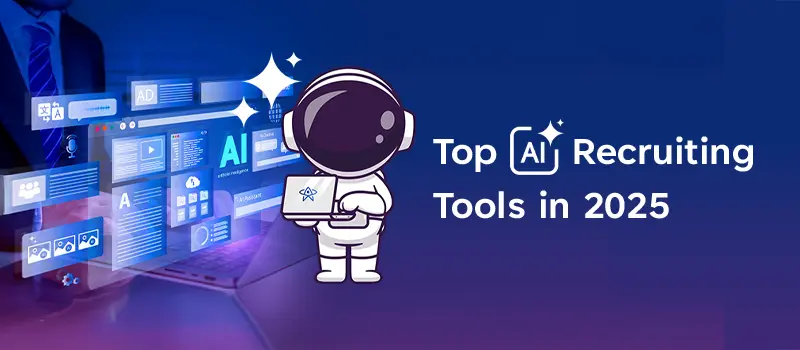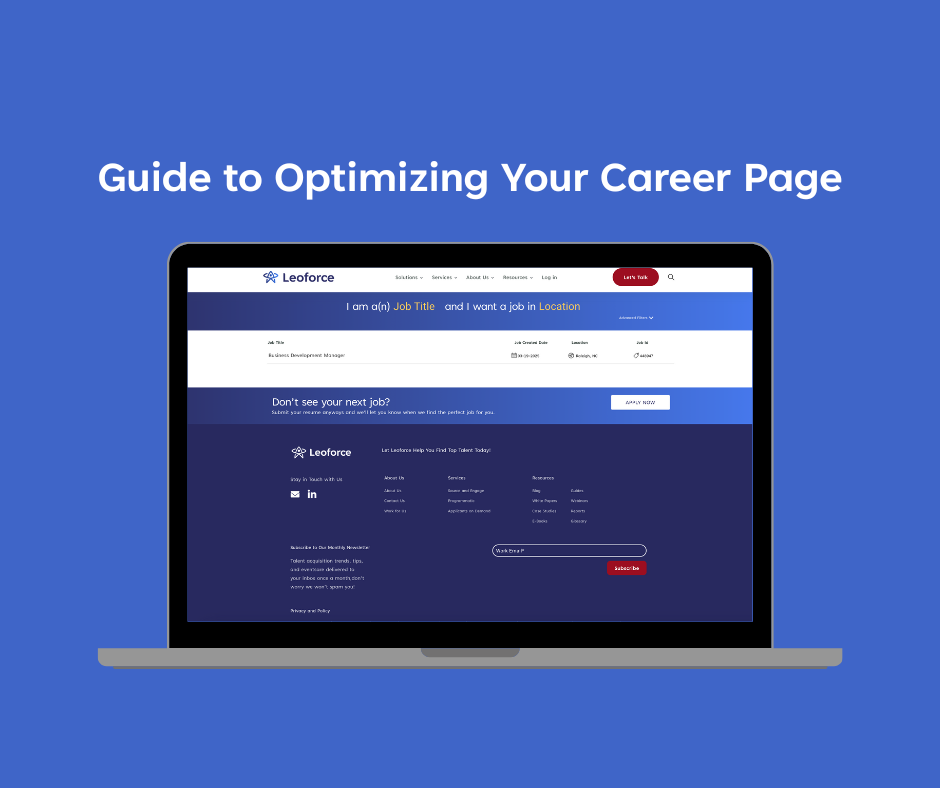Is Agile hiring the solution for streamlining on demand recruitment?

Recruitment is a challenging, time-intensive, and costly process. The challenge is experienced with both the recruiter and candidates involved.
71% of organizations worldwide report using agile methodologies to manage crucial projects. Within recruitment, agile corresponds to a better way to prioritize hiring projects, ways to improve visibility for recruiters and hiring managers, and overall, a more organized, efficient, and iterative recruitment process.
What is Agile hiring?
Agile hiring, often referred to as on-demand recruiting, is a recruitment strategy that focuses on streamlining and accelerating the hiring process. It aims to improve efficiency, reduce time-to-hire, and enhance the overall candidate experience. By leveraging technology and adapting agile principles from software development, companies can quickly respond to hiring needs and fill positions with qualified candidates more effectively.
In a nutshell, it is quick, efficient, effective and focuses on hiring the right person, through the principles of adaptability and innovation.
How to use agile recruiting?
Understanding how to use agile recruiting:
1. The first step, as a recruiter is to identify how to structure your work around sprints. The goal of the sprint is not necessarily to fill the role immediately rather, it’s to make sure that if you’re not sourcing the right people, the hiring manager has an opportunity to fine-tune the job requirements earlier in the process.
The below diagram is a representation of how agile recruitment can be done within a short cycle:
The above helps to create a proper structure starting from:
- A meeting with the hiring manager on the job requirements
- Followed by analysing candidate market trends, initiating, and conducting the interview process
- Benchmark candidates are presented via weekly reporting to understand the fitment
- Top candidates identified and shortlisted
- And finally, post discussion on compensation and fitment, hiring the suitable candidate
2. What this helps with is, that the recruiter can now focus on lining up the right kind of talent and scheduling a series of interviews with the hiring manager as quickly as possible.
3. In the event the interviews are successful, then great. However, it is more likely, that the hiring manager will reject the initial candidates. What this means for an organization, is that this can be an opportunity to go over the profiles with the consultant and recruiter and fine-tune the job requirements.
4. It is worth noting that, agile recruiting is especially helpful with newly opened roles for which your teams have not hired before, or ones with hard-to-find requirements. Every sprint gives the team an opportunity to learn from the candidates interviewed, and to iterate and refurbish on-the-job requirements with the hiring manager.
How has agile recruiting helped organizations?
Here are some ways on-demand recruiting has streamlined the hiring process:
- Flexible Talent Pool: On-demand recruiting allows companies to maintain a pool of pre-vetted candidates who can be readily available when hiring needs arise. This pool can consist of full-time employees, contractors, freelancers, or even gig workers. Having access to a diverse talent pool reduces the time required to source candidates and enables faster hiring decisions.
- Agile Sourcing: On-demand recruiting leverages technology and online platforms to source candidates quickly. Companies can utilize job boards, social media platforms, professional networks, and talent marketplaces to identify potential candidates with specific skills and expertise. This agile approach ensures a broader reach and faster identification of suitable candidates. For example, Deezer, an international music streaming company, uses Kanban boards where each ticket is an open position. A talent acquisition lead at Hewlett Packard, conducted daily stand ups, another common process in agile. This helped the team identify and resolve issues quickly, and prioritize tasks on a daily basis.
- Rapid Screening and Assessment: To expedite the hiring process, on-demand recruiting employs automated screening tools and assessments. These tools can help evaluate candidates based on predefined criteria or skills required for the job. Automated screening saves time by filtering out unqualified candidates and shortlisting those who meet the basic requirements.
- Video Interviews: On-demand recruiting relies heavily on video interviews, which eliminate the need for time-consuming in-person interviews. Video interviews can be conducted asynchronously, allowing candidates to record their responses at their convenience. Recruiters and hiring managers can review the recorded interviews and assess candidates more efficiently, leading to faster decision-making.
- Collaborative Evaluation: Agile hiring encourages collaborative evaluation and feedback from multiple stakeholders involved in the hiring process. Online collaboration tools facilitate real-time feedback and assessment sharing among team members, eliminating the delays caused by scheduling conflicts or physical distances. This collaborative approach expedites the decision-making process.
- Continuous Improvement: On-demand recruiting embraces the agile principle of continuous improvement. Companies can gather feedback from candidates, recruiters, and hiring managers to identify bottlenecks and areas for improvement in the hiring process. By iteratively refining their processes, organizations can optimize efficiency, reduce time-to-hire, and enhance the candidate experience.
When does agile recruiting fail?
While there are many positives to agile recruiting, it is worth noting the instances when it fails. 63% of companies think that agile implementation fails because of a mismatch between company culture and agile methodology.
While tools and processes are enablers, it’s important to understand the premise of it. It often helps in creating opportunities for iteration early and often, orienting priorities and scopes for both recruiters and hiring managers and moving fast and completing projects in an efficient and budget friendly manner.
It takes two to tango and if the recruiting team has put down a set of priorities for the sprint, but the hiring managers refuses to respect those priorities and reshuffles them endlessly, then all the planning that went into the sprint is rendered futile.
Secondly, if hiring managers are unwilling to conduct regular catch-ups with recruiters to adapt job requirements as needed, then they aren’t taking advantage of all the information collected during the sprint.
Thirdly, the counter-intuitive side to this is that there are too many processes set. “People over process” gets a whole other layer of meaning in recruiting.
- Is there a need for a 4-hour long application form? 60% candidates quit in the middle of the online job application process because of their length and complexity.
- Do your daily standups need to take more than 10 minutes?
Dispense off with steps that are not vital; your candidate experience will thank you for it.
To conclude, agile recruiting implementation doesn’t need to be too complicated at the start. You can experiment with a single team, or a couple of hard-to-fill roles at first. This will let you easily figure out what kind of agile works best for you.
Once that is done, you can move on to changing the way your whole organization works. You can shift to a purely agile way of working, with a blend of multiple methodologies, or you might find that agile doesn’t really suit the type of hiring you do. The important part is to make sure you’re always on the lookout for the best way to hire well and hire fast.
Overall, on-demand recruiting has streamlined the hiring process by leveraging technology, automation, and collaborative approaches. By adopting agile principles, companies can respond quickly to talent needs, accelerate the hiring cycle, and secure the best-fit candidates more efficiently.






